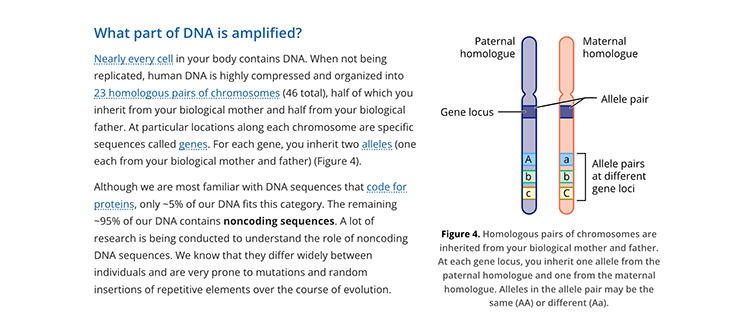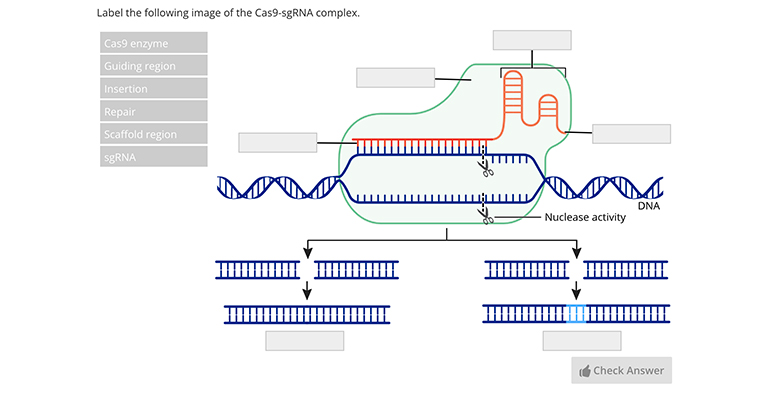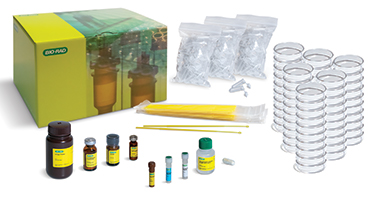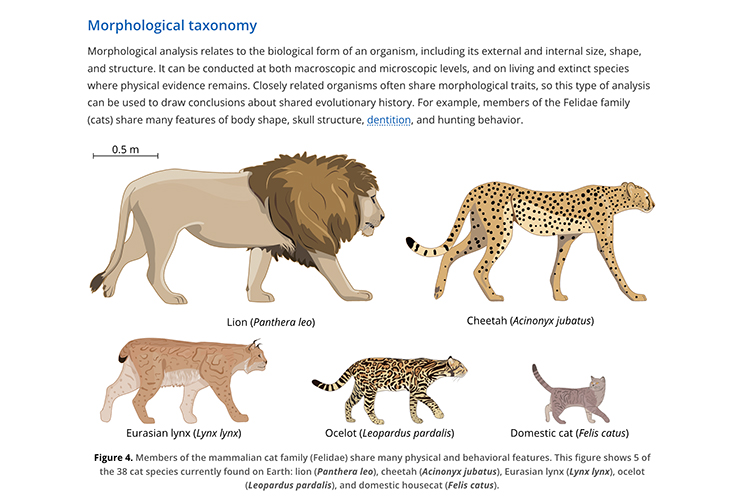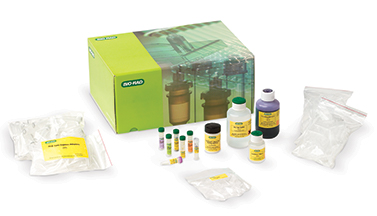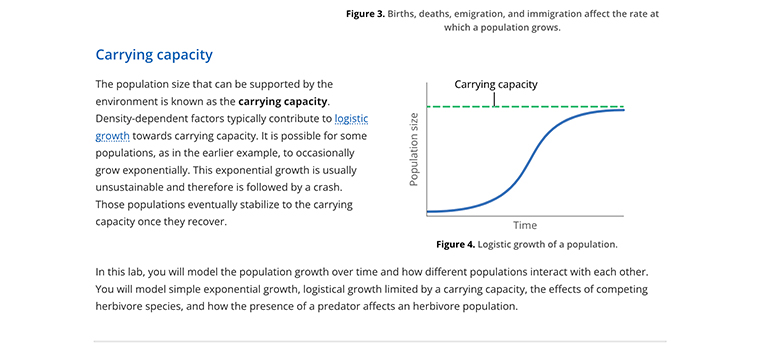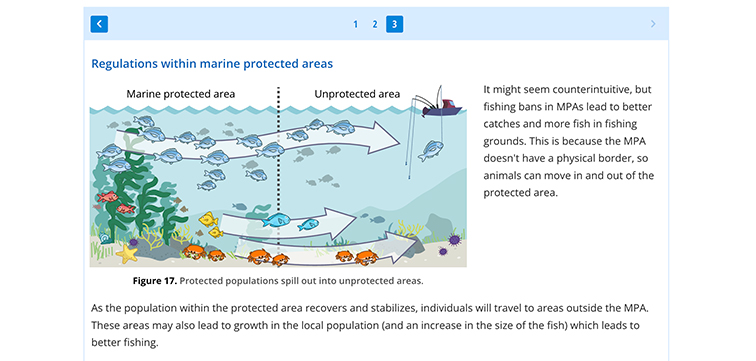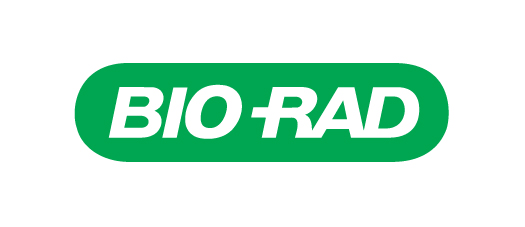We have made the cloud-based Lt Biology Collection even more comprehensive by partnering with Bio-RadTM Laboratories to bring cutting-edge molecular biology techniques to your classroom.
The 6 new online biology labs present students with topical material, like how mRNA vaccines work and why they are safe, and encourage students to have robust ethical debates around topics like genome editing.
Some of our new labs, like Modeling Population Dynamics, also build on our existing partnership with Vernier.
Our new content expands the existing collection, which addresses topics like mitosis and meiosis, population genetics, biodiversity, greenhouse gases, enzyme action, spectrophotometry, and microscopy, while continuing to align with Bloom’s taxonomy and the core competencies outlined in the Vision and Change action report (AAAS, 2011).
All of these new biology labs are well-suited for both remote learning and in-person teaching environments, due to the use of model activities and/or example data.
Gene editing and testing techniques
Our partnership with Bio-Rad has allowed us to integrate well-established techniques like PCR and cutting-edge techniques like CRISPR into the Collection. Make complex techniques simple, and let students focus on concepts.
- The Polymerase Chain Reaction (PCR) lab uses the PV92 PCR Informatics Kit and allows your students to use PCR to amplify the Alu sequence. Students then test if their class is close to Hardy-Weinberg equilibrium and compare their results to genetic data of a larger population.
- The CRISPR lab is based on the Out of the Blue CRISPR Kit and gives your students the opportunity to perform CRISPR on bacteria. Students confirm that gene editing occurred via blue-white screening, and discuss the ethics of editing genomes in the extension.
- The ELISA: Giant Panda lab uses the Giant Panda Problem Kit. Students run an ELISA test to determine which of four theoretical pandas are ovulating, before weighing up the pros and cons of different methods of generating antibodies for ELISA tests in the extension.
“As a biochemist, I want my students exploring the frontier of new scientific knowledge.
Real experimentation in my classroom is so much easier with Bio-Rad kits. They remove the hurdles and tedium so my students and I can focus on the best part — discovering new science!”
- Dr. Joanne Figueiredo, Smithtown High School
DNA, proteins, and gel electrophoresis
These next two labs make techniques that compare DNA and protein samples easy to teach. Students become familiar with gel electrophoresis, learn how to use DNA to determine how closely related animals are, and discover how to determine which DNA samples match a provided sample.
- The Introduction to Molecular Evolution lab has students use the Comparative Proteomics Kit to run an SDS-PAGE analysis and compare the protein profiles of five different animals. They then develop a cladogram using molecular data. Students conduct independent research into apparently maladaptive behavior in the theoretical extension, and practice how to communicate their results to specific audiences in the science communication extension.
- In the Forensic DNA Fingerprinting lab, students take on the role of a forensic scientist and use the Forensic DNA Fingerprinting Kit to analyze DNA found at a crime scene and from five suspects. They then use gel electrophoresis and analyze the fragment bands for patterns of similarity with the crime scene sample.
“I love teaching biotechnology and Bio-Rad is a big part of that.
Their products bridge life science research and education in a way that is truly positive for my students.”
- Mary Clark, Whitney Young High School, Chicago, IL
Mathematics and modeling
Math and science go hand-in-hand, especially when trying to predict what will happen next in complex situations. Making models of the world to predict how it will change (like climate or ecological models) is an important skill to have.
- The Modeling Population Dynamics lab teaches students how to model simple growth, logistical growth, the effects of competition, and the effects of predation on a sample population. Students define various parameters, like growth rate or mortality, to determine the effect each variable has on different populations within an environment.
What will these online biology labs do for my students?
Our out-of-the-box labs teach relevant and topical biological concepts with a focus on practical skills (like lab safety, data acquisition, and handling equipment) and soft/transferable skills (like communication, critical thinking, and report writing).
Students are expected to link new concepts with previous knowledge and understand how these concepts can be applied in real-world situations. The Lt platform emphasizes interaction and engagement through data collection, data analysis, and a variety of question types, bringing the well-established content of our partners Vernier and Bio-Rad to life in our online platform.
Ask a Question
What's next?
The next installment of Lt Biology labs will be ready later this year and will explore botanical topics. We’ll focus on terrestrial plants to introduce topics such as plant tissue structures, plant reproduction, and plant behavior into the collection.
Bio-RadTM Laboratories' respected and innovative educational kits equip students with foundational skills and make scientific discovery accessible. In the Lt Biology Collection, educators can bring cutting-edge molecular biology techniques to the classroom via Bio-Rad kits while ensuring engaging, interactive learning takes place in Lt.
Vernier Software & Technology's award-winning technology, software, and data-analysis tools are trusted by educators worldwide. In the Lt Biology and Chemistry Collections, Vernier's portable, robust and affordable Go Direct Sensors are used to sampled data directly into Lt.
Additional resources for educators:
New for Biology Educators: Take a look inside the CRISPR Lab... »
New labs in the Lt Biology Collection: Easily teach about DNA, proteins, pollution, and climate change »
Celebrating Darwin Day – Preview Lt's new Population Genetics and Evolution Lab! »



